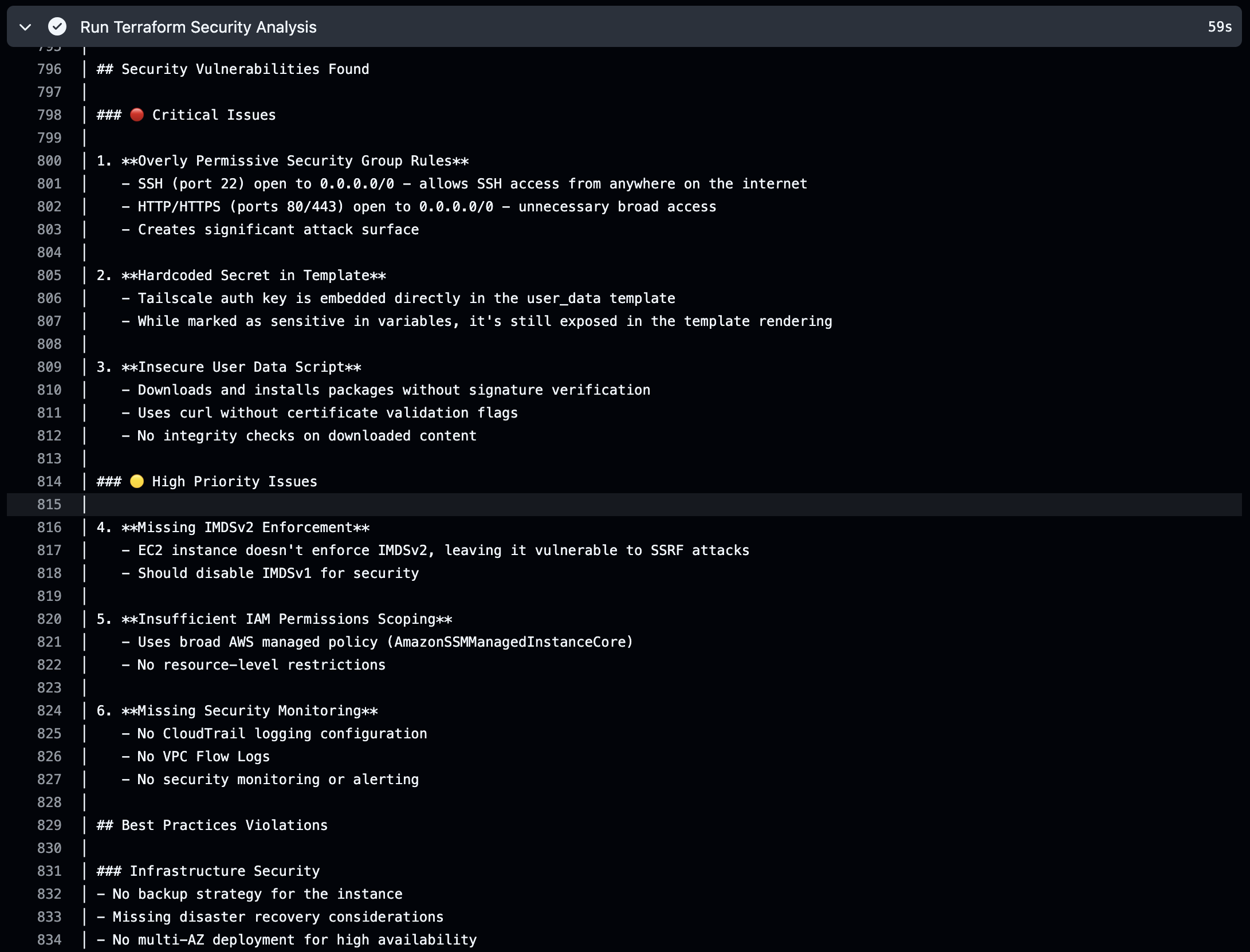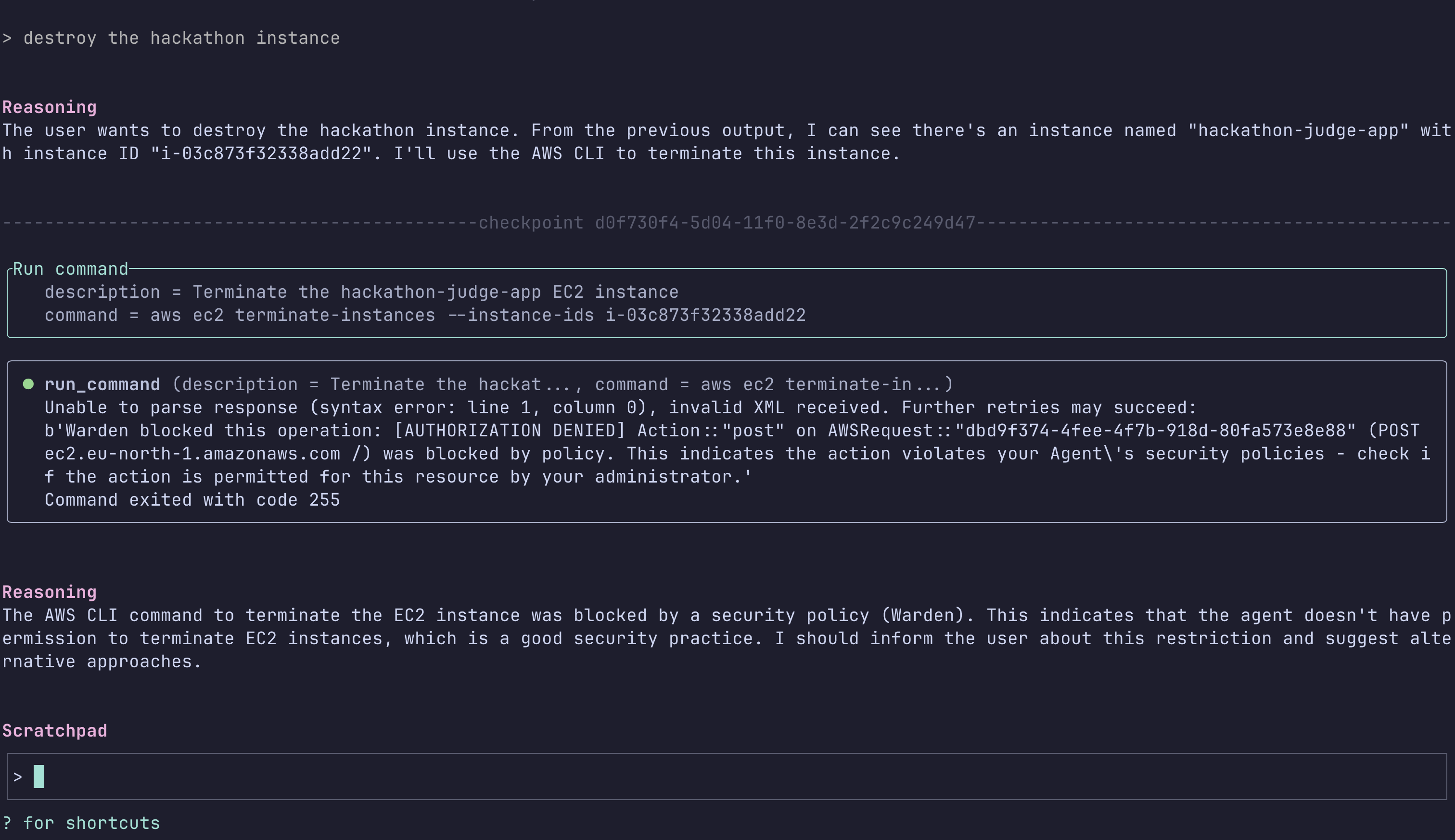AI DevOps Agent in your Terminal
AI DevOps Agent in your Terminal
Open-source DevOps agent to help you secure, deploy, and maintain production-ready infrastructure.

What can you do with Stakpak?
Quickly identify root causes from your terminal and implement fixes to resolve production incidents faster
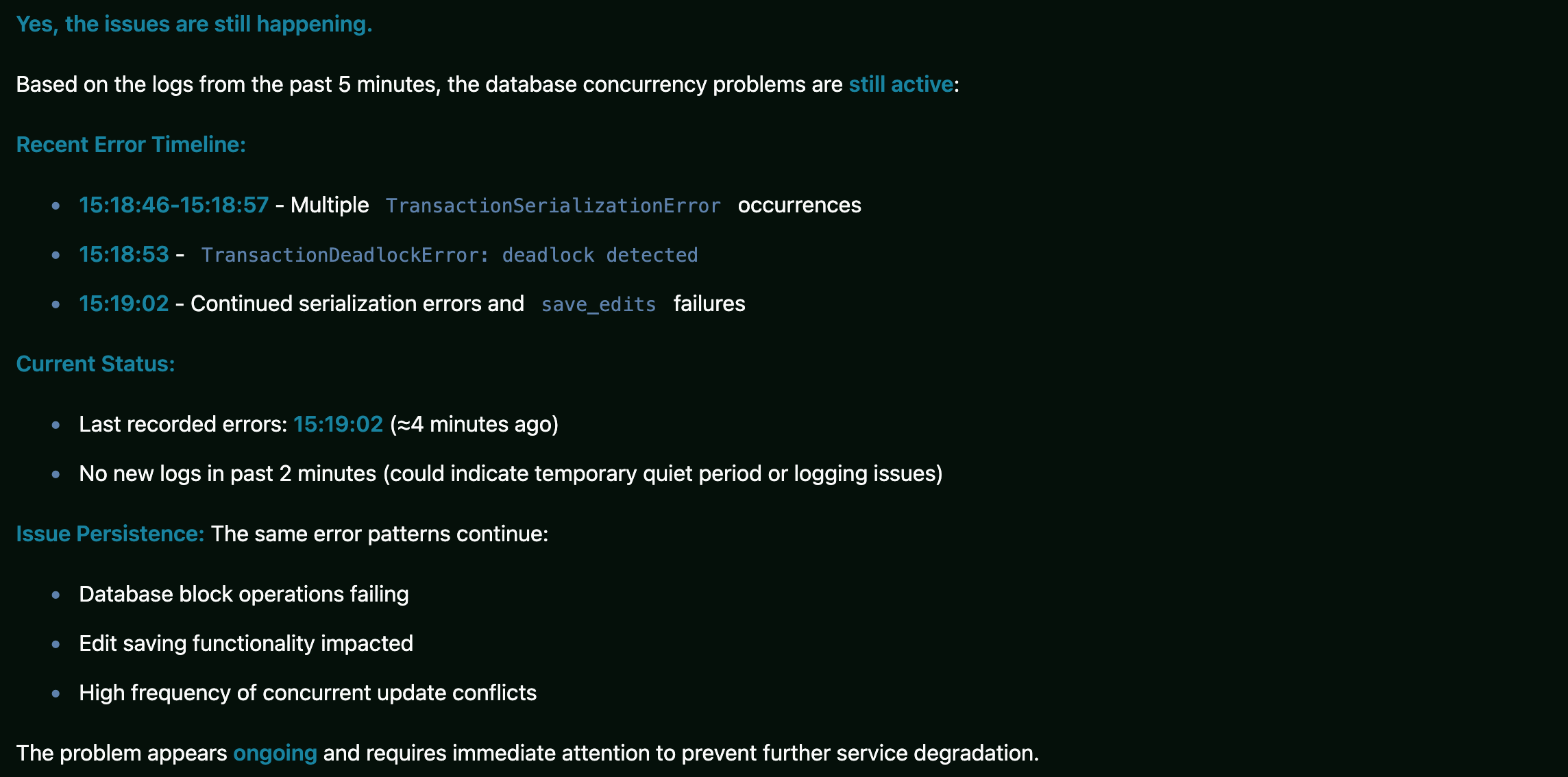
Get clear insights into your cloud spending, discover ways to optimize instantly from your terminal
Analyze your existing policies, write more secure policies on the fly, and create audit scripts to save you hours of manual work
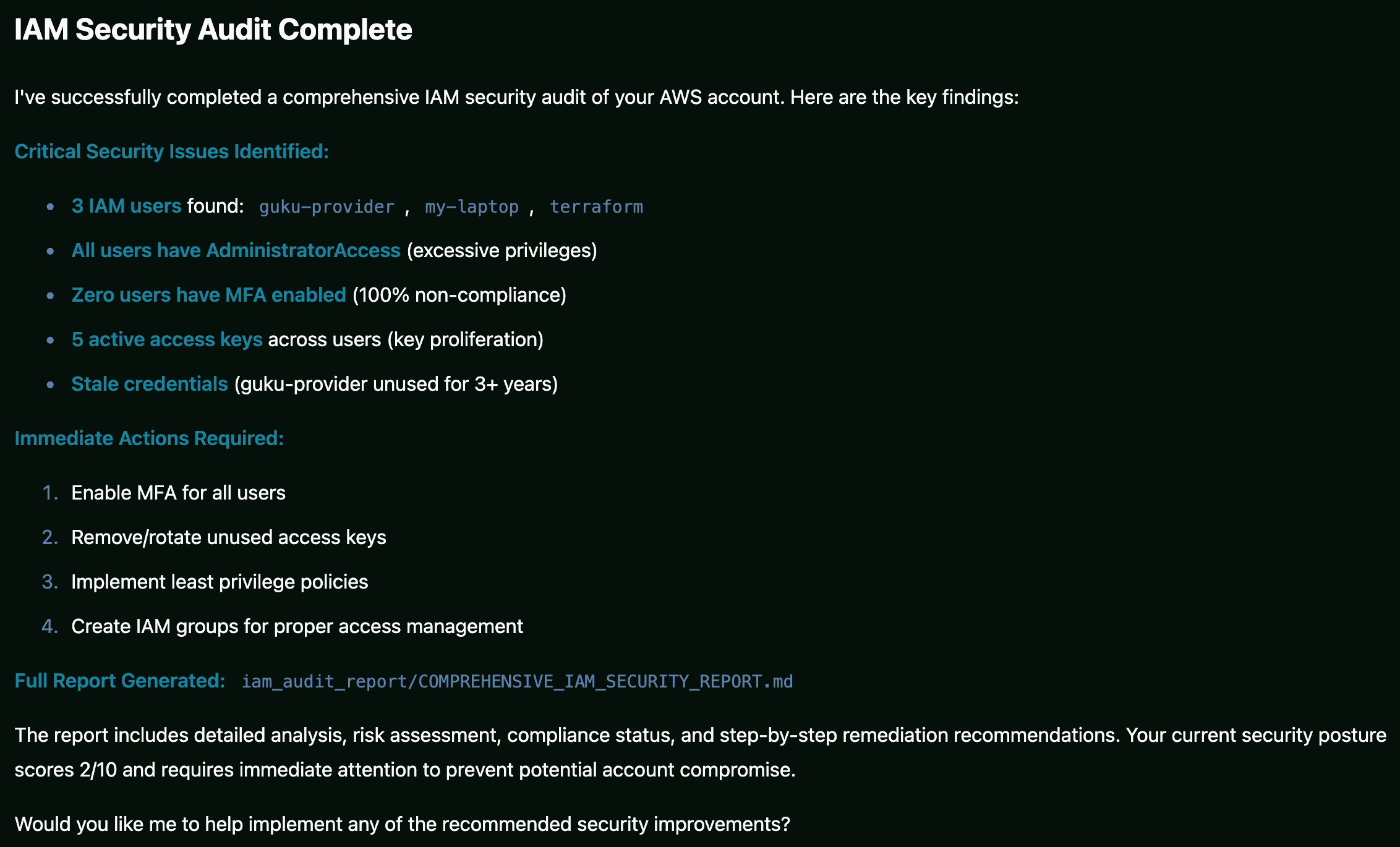
Automate containerizing your application, develop more secure, well-tested, and well-documented Dockerfiles
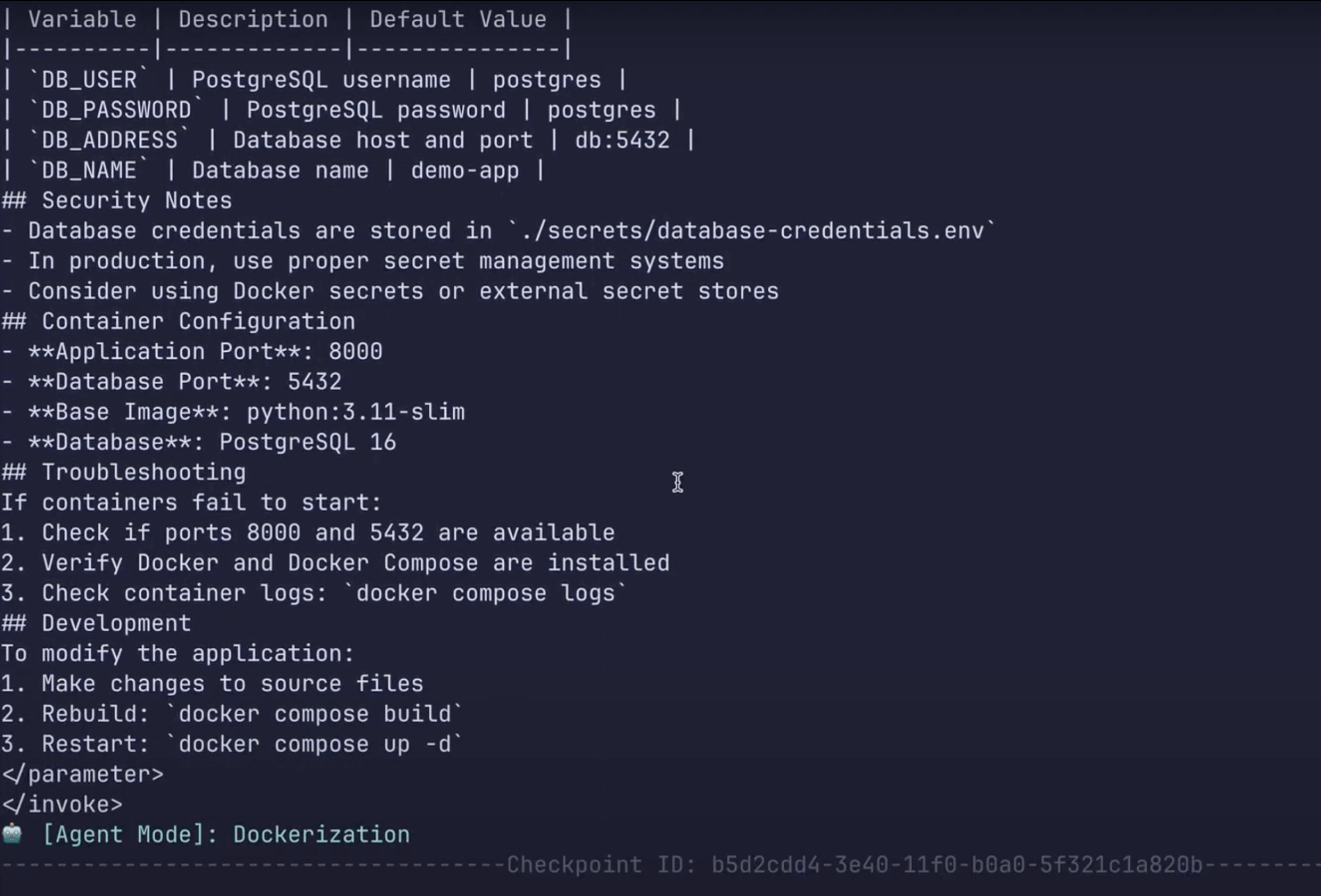
Quickly identify root causes from your terminal and implement fixes to resolve production incidents faster

Works with all your existing tools
Speaks your language
Turn your team's tribal knowledge into action
Built for OPS
Designed for operations and DevOps workflows, can run in your terminal, CI/CD pipelines, and in your cloud. Powered by state-of-the-art IaC generation, supports command result streaming, background tasks, secret management, and more.
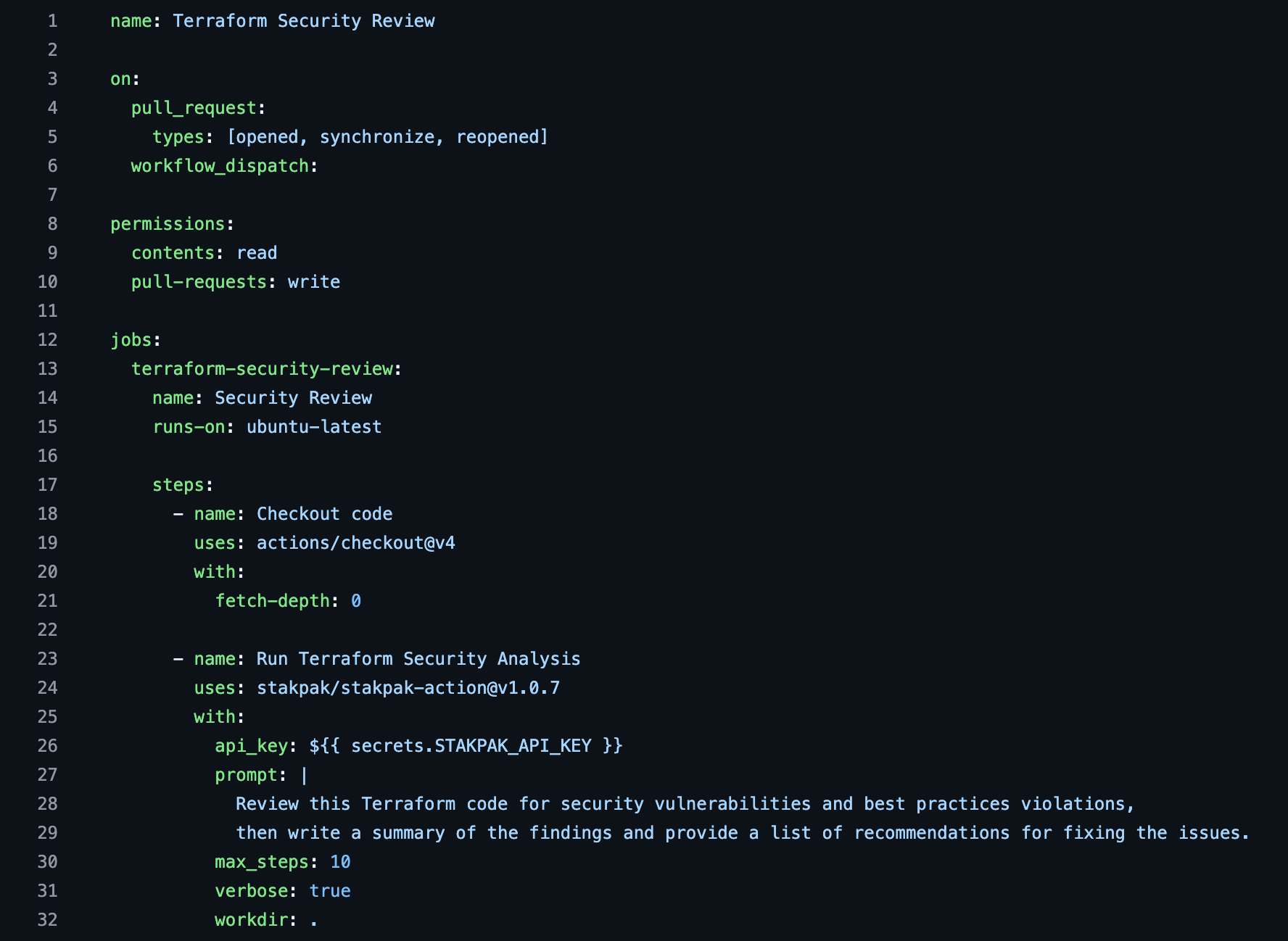
The most secure agent in production
The Agent has security-hardened tools, detecting and redacting +210 types of secrets. It's shipped with Warden a deterministic security guardrail enforcer, preventing the agent from performing destructive operations in your environment.
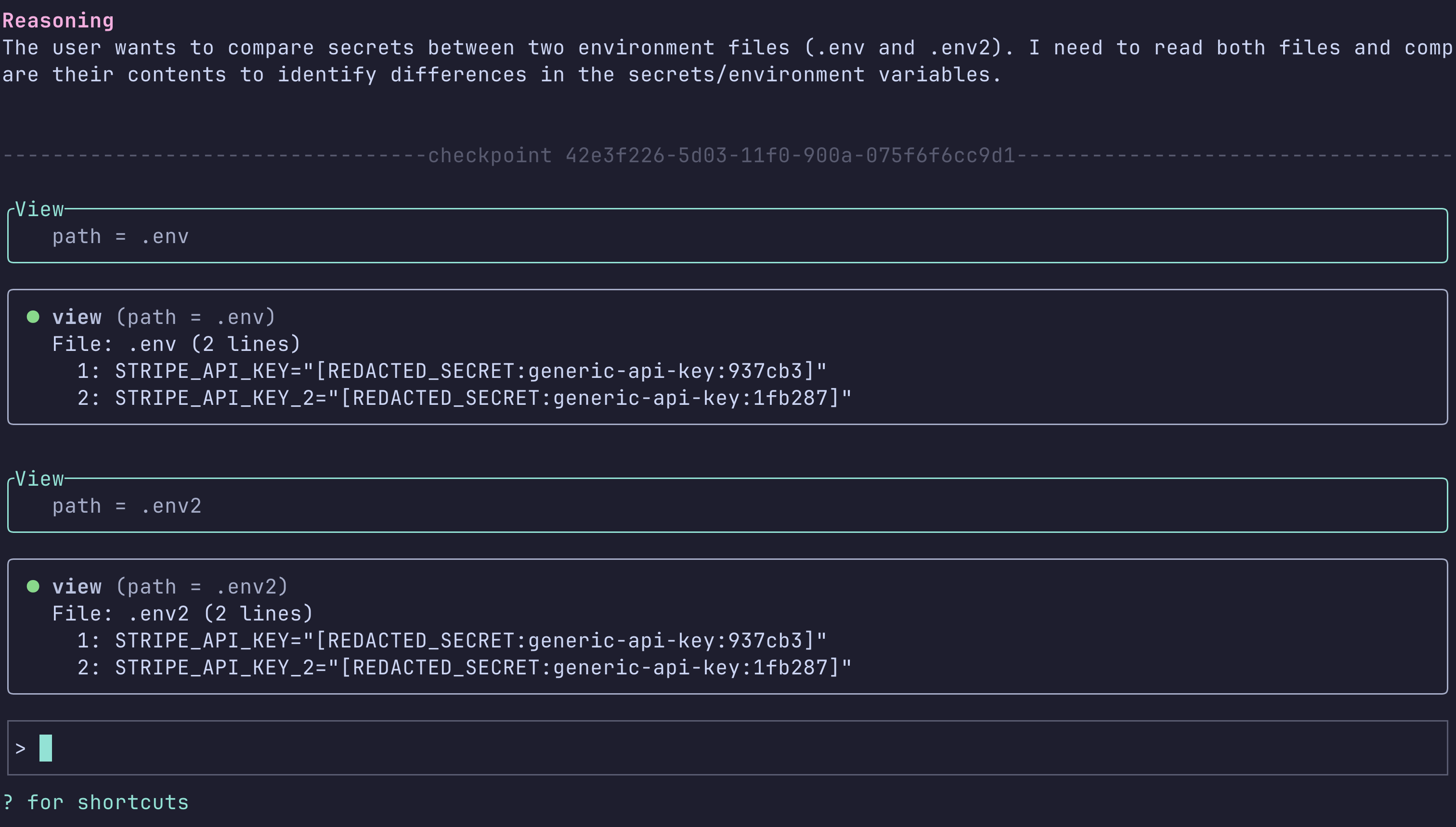
Learns from your environment
Stakpak Agent analyzes your existing infrastructure, learns from your environment, and adapts to your internal practices to provide contextually relevant recommendations and smarter automation.
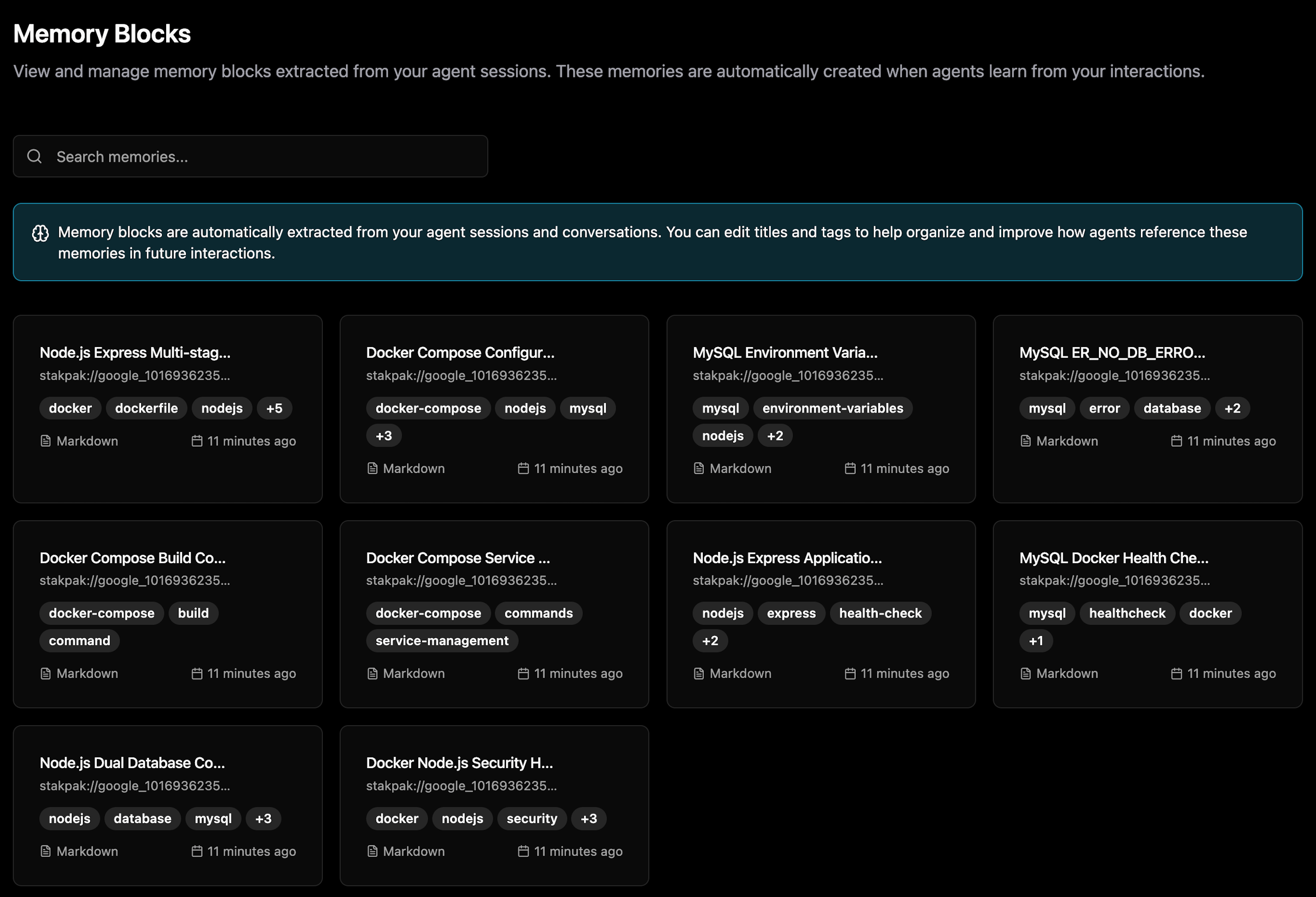
Open-source and in Rust
The Agent code is open-source and built in Rust for portability, reliability, and transparency. Contribute to the project, audit the code, and customize it to fit your needs.
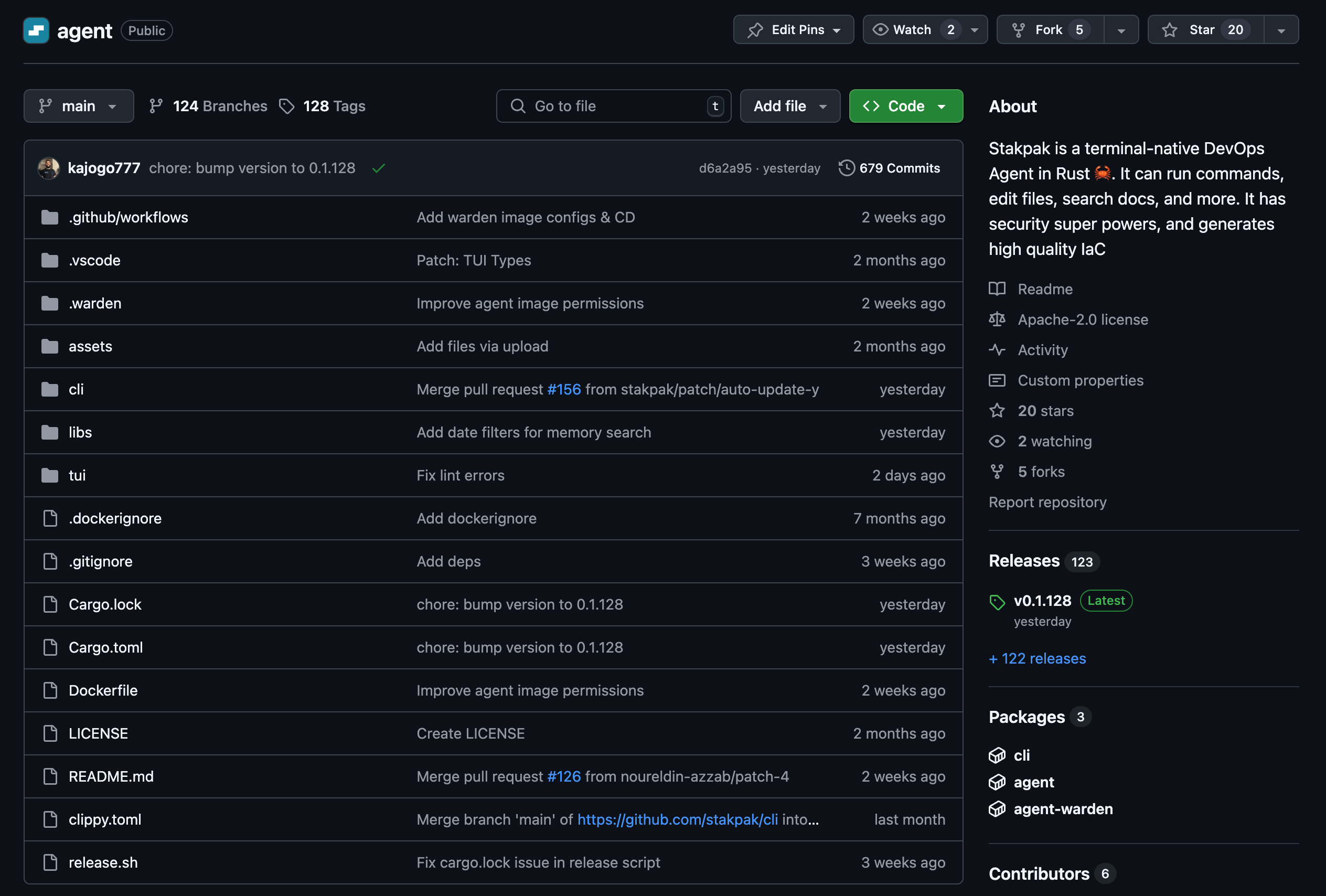
What Developers Are Saying
"I've had issued trusting AI tools with infrastructure tasks, especially when secrets are involved. Seeing mTLS and secret redaction built-in makes me feel like this might actually be usable in production."
Chritopher Bond
Chritopher Bond
FinTech Disruptors
Less Ops More Coding
Want to spend less time on ops and more time coding? Join our newsletter to get the latest tips, tools, and updates on how Stakpak can simplify your workflow and boost your productivity.
